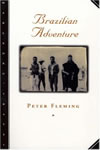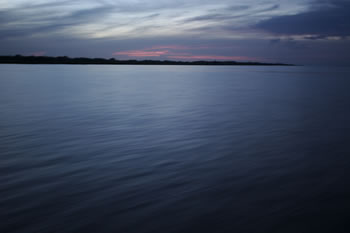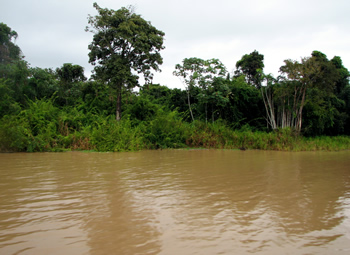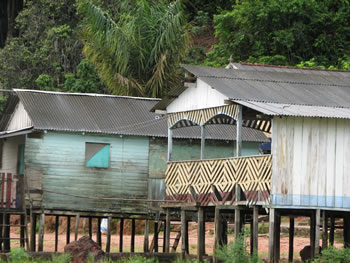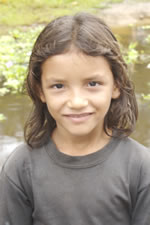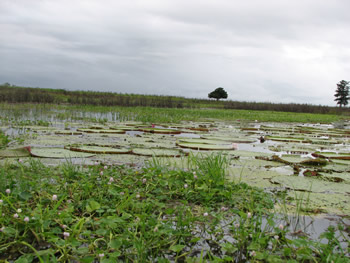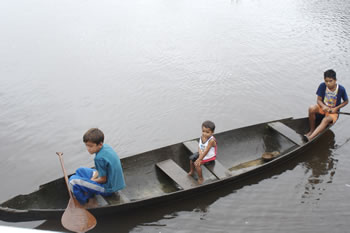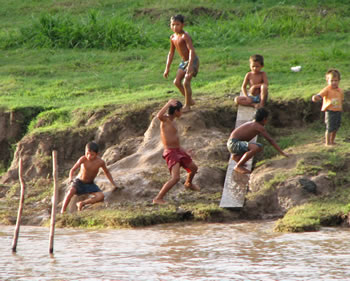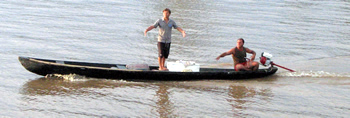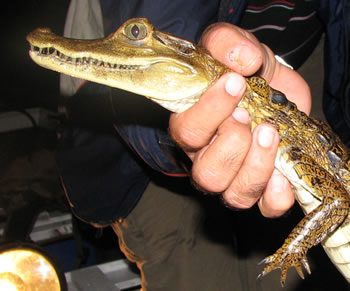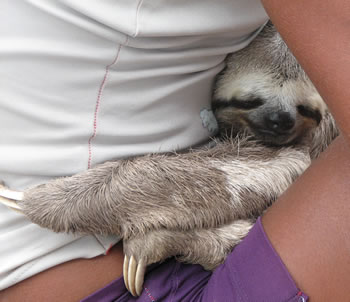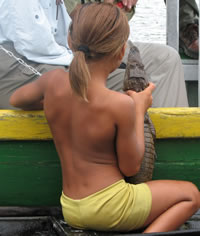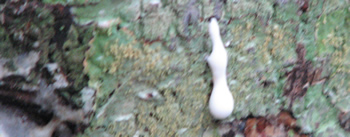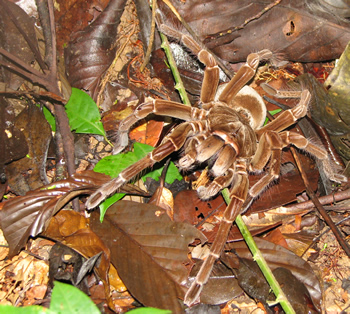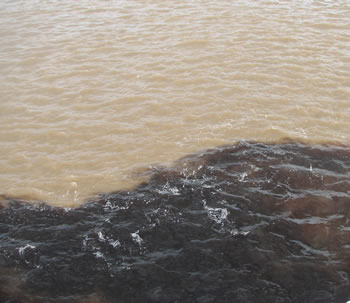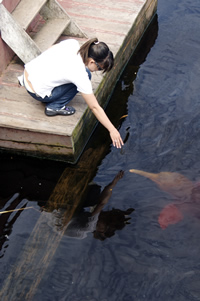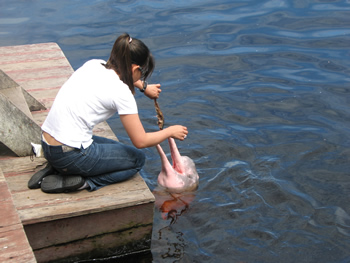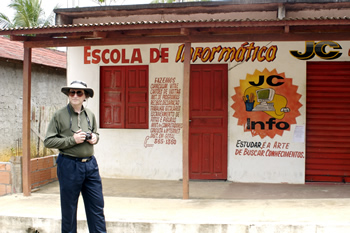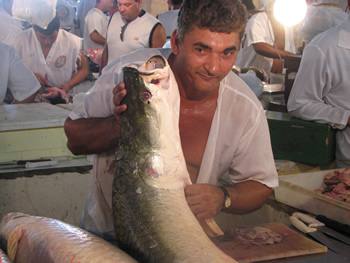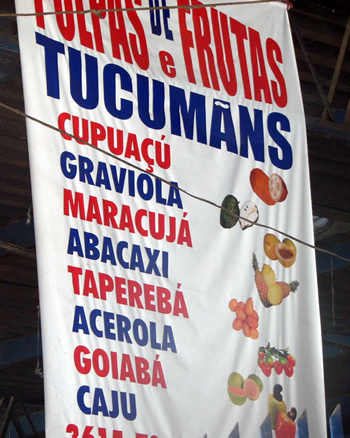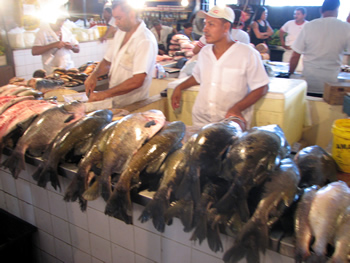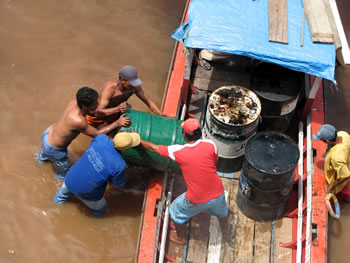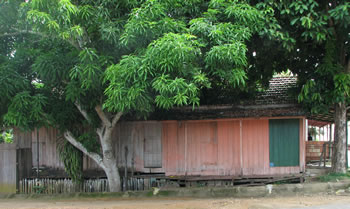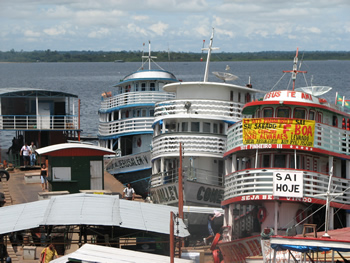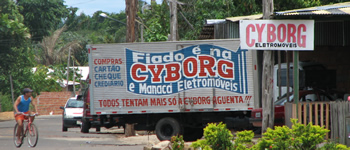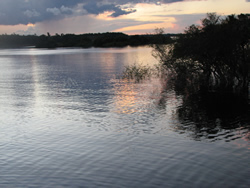by Peter Fleming
Next week, Linda and I fly off to a Brazilian adventure. We are woefully unprepared for this journey. If you happen to know anything at all about the Amazon between Santarém and Manaos, please do Email me. I know there's a copy of Victory Garden somewhere in Santarém, but of Amazonia I'm shockingly ignorant. What’s the best field guide? What should I eat?
Much of the preparation has involved inoculations and insect repellent and paperwork. For the rest, I have this fine 1933 memoir by Ian Fleming’s big brother.
"Sao Paulo," he writes, "is like Reading, only much farther away.” Fleming’s eye and fancy had been caught by a small advertisement in The Times that sought two extra guns for a sporting expedition that would also inquire into the fate of one Colonel Fawcett who had disappeared in the Brazilian interior in 1925. He happens across a school friend walking near Fleming’s Bloomsbury apartment.
Roger was walking along Gower Street. He had passed the School of Tropical Hygiene. He had passed the Royal Academy of Dramatic Art. In one minute, in less than one minute, he would have reached the Slade.... so I called across the street: "Roger, come to Brazil."
"What?" said Roger: playing, I dare say, for time.
"You’d better come to Brazil” I said, getting into a car.
“Why?” said Roger cautiously (or perhaps incautiously), also getting into the car. We set down Gower Street: past the Royal Academy of Dramatic Art: past the School of Tropical Hygiene. I talked rapidly. At the end of Gower Street Roger got out.
“I'll let you know for certain on Monday,” he said.
